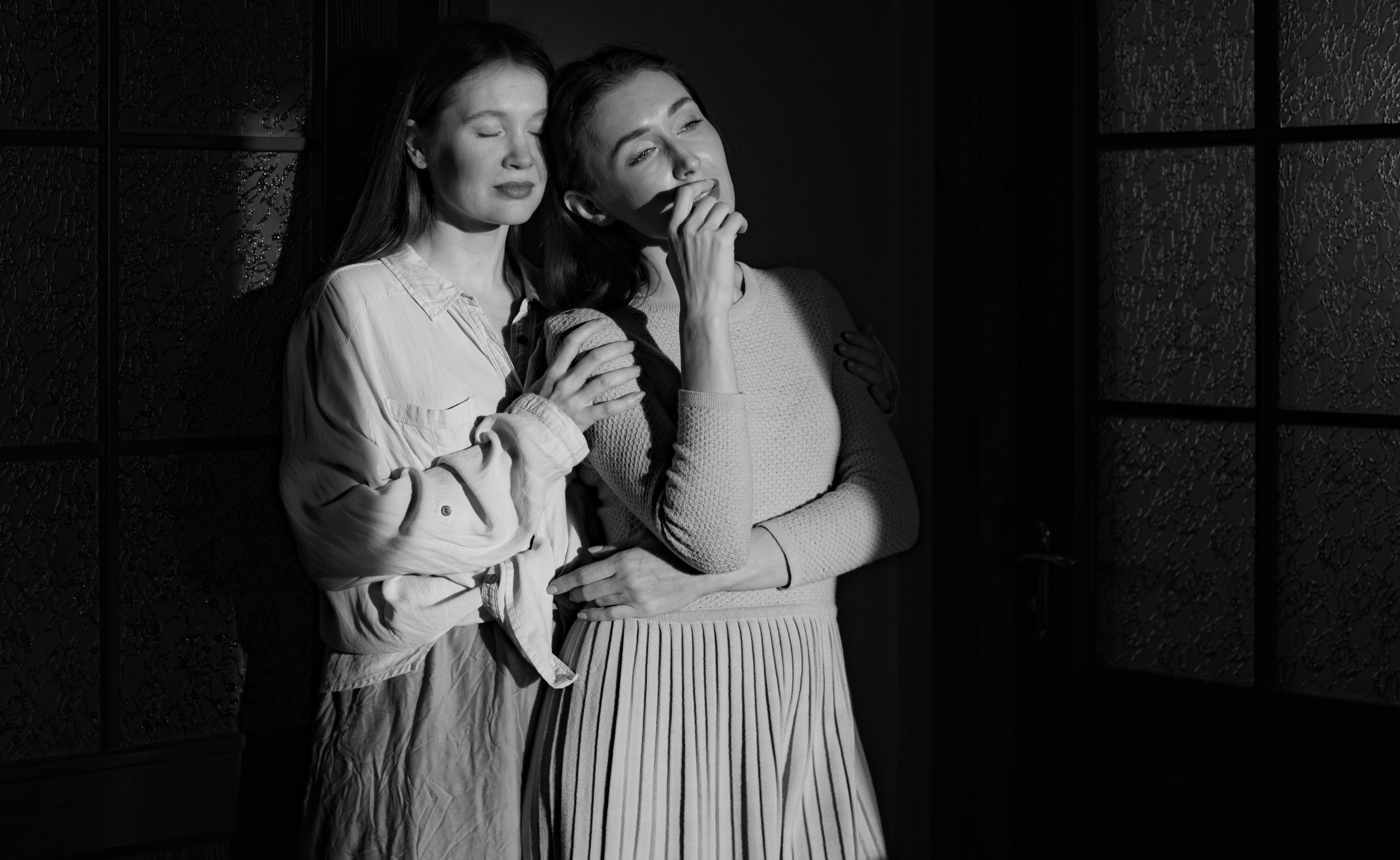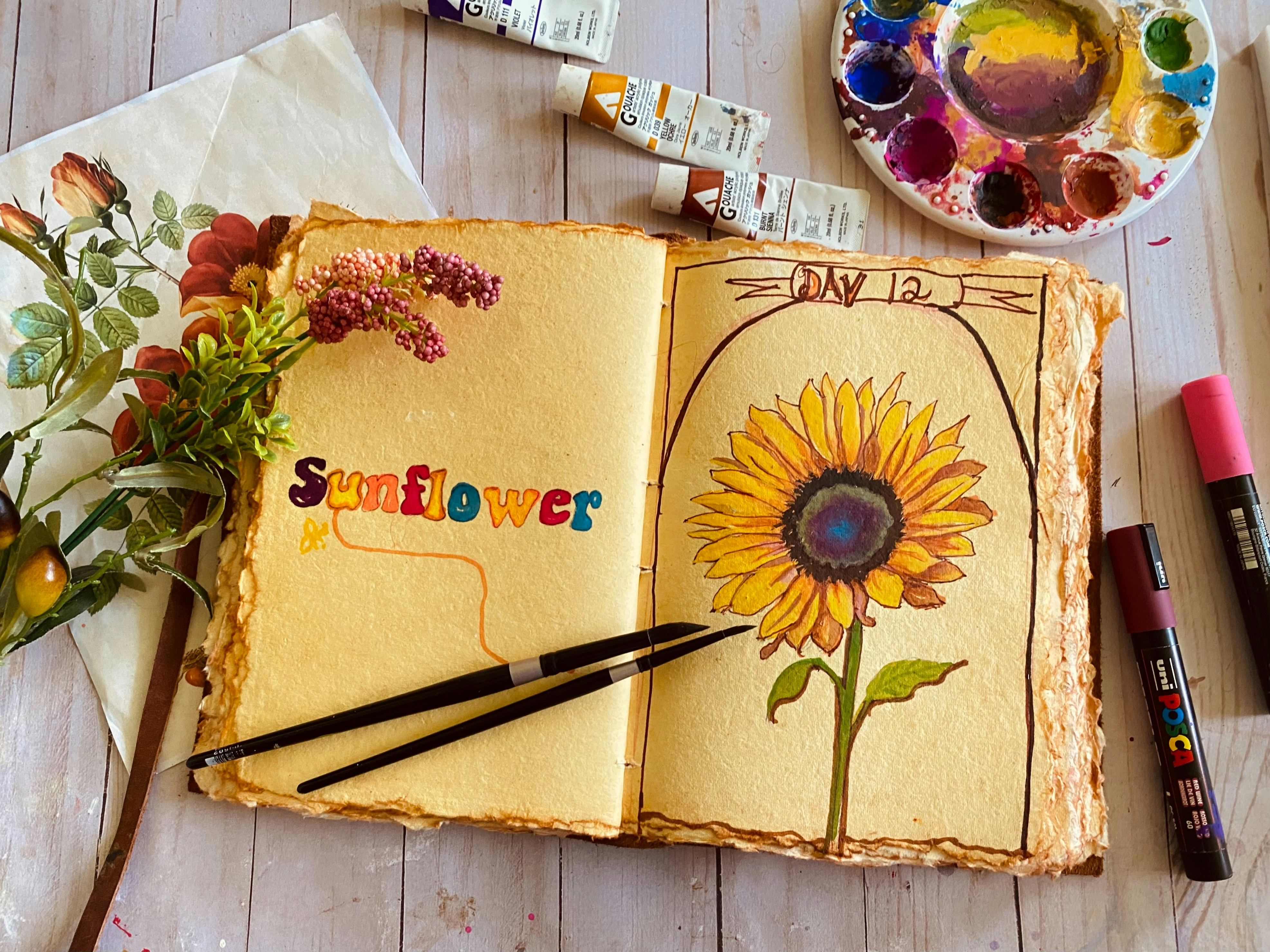You know, being an artist is like embarking on an adventure where your paintbrush or pencil is your sword. Without the right arsenal, creating that masterpiece can be a tad bit challenging. That’s why I’m here to talk about “The Ultimate Guide To Top Art Supplies Every Artist Needs.” This isn’t just any list; it’s a carefully curated treasure trove of everything you could possibly need, whether you’re a novice just starting to dabble in the arts or a seasoned pro looking to refresh your studio. From the smoothest pens that glide over paper like butter, to the most vibrant paints that bring your visions to life, I’ve got you covered. Let’s get your creative journey started on the right note, shall we?

Understanding the Basics: Different types of art supplies
Defining ‘art supplies’
When I dive into the intricacies of art, the term ‘art supplies’ encompasses a whole world in itself. It’s not just about the paint or the pencil; it’s every tool, medium, and surface I engage with in the process of crafting art. From the brushes that dance across the canvas to the clay that’s shaped under my fingers, art supplies are the tangible components that translate my visions into realities.
A brief overview of various types of art supplies
There’s a dizzying array of art supplies out there, each with its unique purpose and charm. We’ve got paints that vary not just in color but in texture and drying time, brushes that range from fine tip to fan-shaped for that perfect stroke, and pencils that can sketch the softest shadows to the boldest lines. Then, there’s the substance of canvas and paper, without which, our creations would be fleeting thoughts. And let’s not forget the more tactile mediums like clays and carving materials that let us step into 3D creations.
Importance of art supplies in artistic creation
Having the right art supplies is like having the right words to express a thought. Without them, the vision in my mind remains just that—a vision. Each supply, in its essence, contributes to the translation of ideas into tangible pieces that can be shared, observed, and appreciated. It’s not just about the quality or the quantity of the supplies but using what resonates with my style and the story I want to tell through my art.
Paints: broad spectrum of colors and textures
Watercolor paints: characteristics and uses
Watercolors, with their translucent quality, provide a delicate charm to paintings. They’re perfect for capturing the ethereal beauty of landscapes or the subtle nuances of a portrait. The way they blend and bleed on the paper offers a meditative dance of colors that’s both unpredictable and thrilling. Using watercolors calls for a gentle hand and a patient heart, as each layer reveals its magic slowly.
Oil paints: properties and techniques
Oil paints, with their rich pigmentation and buttery texture, allow for a depth of color that’s unparalleled. They take their sweet time to dry, which while testing my patience, also gives me the flexibility to work and rework areas of a painting to achieve the perfect harmony of shades. Oil painting is a game of layers, where each stroke builds upon the previous, creating a dimensional artwork that almost breathes life.
Acrylic paints: advantages and styles
Acrylic paints are the versatile heroes of the painting world. Quick to dry and easy to manipulate, they’re forgiving to beginners yet rich enough for the seasoned artist. Their capacity to mimic both the watercolor washes and the opaqueness of oil paint makes them indispensable in my creative arsenal. Whether I’m going for bold and graphic or soft and blending, acrylics bend to my will with ease.
Gouache paints: features and purposes
Gouache paints, often the unsung heroes among paints, strike a beautiful balance between watercolor and acrylic. With their velvety, matte finish, they offer a richness in color that stands bold on the paper. Ideal for illustrations or adding vibrant details, they present a world where opacity and water solubility coexist beautifully.

Brushes: the essential tool for painting
Different types of brushes and their uses
The world of brushes is a vast expanse where each type serves a unique purpose. From the broad washes achieved with a flat brush to the delicate lines drawn with a round brush, the choice of brush directly influences the stroke on the canvas. There’s a thrill in experimenting with different shapes—fan, filbert, angle—to discover their effects and how they contribute to my painting’s overall texture and mood.
Importance of choosing the right brush
Selecting the right brush for a project feels akin to choosing the right word for a sentence—it can make all the difference. A brush too stiff might disrupt a smooth landscape, while one too soft might not carry the weight of oil paints well. It’s about finding the tool that resonates with the technique I plan to employ, ensuring harmony between my vision and the final stroke on the canvas.
Care and maintenance of brushes
Taking care of my brushes is like tending to a garden—it’s an act of love and patience. Cleaning them thoroughly after each session and storing them properly ensures their longevity, keeping their bristles just as responsive and in shape as when I first got them. It’s a ritual that pays off, providing me with reliable tools that carry my artistic expressions without falter.
Drawing instruments: pencils, pens and pastels
Types of drawing pencils and their uses
Drawing pencils, in their graded spectrum from hard (H) to soft (B), offer a dynamic range for sketching and detailed work. A harder pencil sketches the outlines and delicate details, while a softer one fills in the shades and depths. Exploring this range allows me to create drawings with varying tones and textures, bringing the subjects to life with mere graphite.
Understanding different pen inks and nibs
Pens, with their myriad inks and nibs, furnish my drawings with precision and fluidity. Whether it’s the waterproof quality of archival ink for lasting sketches or the variability of a fountain pen for expressive lines, each type adds a unique character to my work. It’s the control and permanence pens offer that make them a favorite for fine line work and detailing.
Exploring the world of pastels: soft, hard, and oil
Pastels come in soft, hard, and oil variants, each offering a distinct texture and blendability. Soft pastels, with their high pigment and delicate touch, are perfect for vibrant landscapes. Hard pastels lend themselves to more detailed work, allowing for sharper lines. Oil pastels, rich and creamy, blend beautifully on the canvas, offering a paint-like quality that’s both tactile and luminous.

Paper and canvases: the foundation of art creation
Choosing the right paper for different art mediums
Selecting the right paper feels as personal as choosing a diary—it’s about finding the perfect match for my medium of choice. Watercolor paper absorbs the washes without warping, while sketching paper holds the graphite without smudging. The texture, weight, and tone of the paper can significantly affect the outcome of the artwork, making it a critical choice in the art-making process.
Understanding the various types of canvases
Canvases, with their variety in texture, weight, and preparation, offer a field of possibilities. Whether it’s a stretched canvas ready for immediate painting or a canvas board for smaller, more manageable projects, each type contributes to the feel of the finished painting. Priming them further allows for a customized surface that can enhance the painting’s longevity and appearance.
Importance of paper and canvas quality in art
The quality of paper and canvas can elevate an artwork from good to extraordinary. It’s not just a surface; it’s the foundation that supports and interacts with the medium, influencing the vibrancy of colors and the overall durability of the art. Investing in high-quality materials ensures that the effort and soul poured into each piece are preserved and appreciated for years to come.
Art palettes: mixing color essential tool
Different types of art palettes and their uses
Art palettes, be they traditional wooden ones or modern glass types, are the unsung heroes in the symphony of painting. They’re not just surfaces for mixing colors but spaces where new hues are born. Each type offers a unique experience, from the ample mixing area of a large wooden palette to the easy-to-clean surface of a glass palette. It’s on these palettes that I experiment and find the perfect shades that bring my artwork to life.
Benefits of using a Palette in painting
Using a palette allows for a freedom and control in color mixing that’s essential for cohesive and dynamic paintings. It enables me to test color combinations, understand color relationships, and create custom shades that add depth and emotion to my work. This trial and error, this play of colors on the palette, is fundamental to developing a personal style and bringing coherence to my pieces.

Easel: crucial for artists’ work display
Types of easels and their specific uses
Easels range from the sturdy studio types that hold large canvases to the portable field easels perfect for plein air painting. Each type has its specific use, catering to different styles of painting and artists’ needs. A studio easel, with its adjustable angles and heights, provides the flexibility needed for long sessions, while a lightweight tripod easel is ideal for capturing the beauty on the go.
The role an easel plays in creating art
An easel is much more than a stand for my canvas; it’s a companion in the creative process. It holds my work at the perfect angle, allowing me to step back and view the piece from different perspectives. This interaction with the easel, the constant adjusting and moving around, is a dance that’s integral to achieving the desired outcome in my paintings.
Sculpting materials: clay, wood, and stone
The different types of clay for sculpting
Clay, in its various forms—earthenware, stoneware, porcelain—offers a tactile joy unlike any other medium. Each type, with its unique properties, caters to different sculpting techniques and finishes. Earthenware, soft and pliable, is perfect for hand-building techniques, while stoneware, with its durability, is ideal for both sculptural and functional pieces.
Working with wood and stone in sculpting
Working with wood and stone in sculpting introduces me to the raw beauty of nature’s materials. Carving into wood, with its grain and texture, or chiseling into stone, reveals a form that feels both determined by its natural properties and my creative vision. It’s a challenging yet rewarding process that requires patience and respect for the material at hand.
Introduction to other sculpting materials and tools
Beyond clay, wood, and stone, there are numerous other materials and tools that bring sculptural ideas to life. From the malleable possibilities of wax for casting to the modern marvels of resin for intricate works, the choice of material vastly influences the sculpting process. Coupled with tools like chisels, gouges, and knives, these materials allow for an exploration of form and texture that’s endlessly fascinating.
Printmaking supplies: mastering the print art
Understanding printmaking and its necessary tools
Printmaking, a world where art meets process in the most delightful way, requires a unique set of tools and materials. From linoleum for linocut prints to metal plates for etching, each method has its specific needs. Inks, brayers, and presses become my allies in transferring my designs onto paper, opening up a realm where repetition becomes an art form.
Different methods of printmaking: linocut, etching, screen printing
Each method of printmaking—linocut, etching, screen printing—offers a different aesthetic and process. Linocut, with its accessible materials and tools, allows for bold, graphic prints. Etching, requiring more specialized equipment, rewards with intricate, delicate lines. Screen printing, meanwhile, opens the door to vibrant, layered colors on a variety of surfaces, from paper to fabric, making it a versatile choice for multiple reproductions.
Protective equipment: safety for the artist
Understanding the need for protective gear in art creation
Creating art, while fulfilling, often involves materials and processes that could pose risks to my health and safety. Recognizing the importance of protective gear becomes a crucial aspect of my practice. It’s about respecting the craft and the materials enough to ensure that the process is not just productive but also safe.
Overview of protective equipment for artists: gloves, masks, aprons
Gloves protect my hands from harsh substances, masks keep harmful dust and fumes at bay, and aprons save my clothes from becoming unintended canvases. Each piece of protective equipment serves a purpose, safeguarding my well-being so that I can continue doing what I love without compromise.
Addressing health hazards in art and prevention
Being aware of the potential health hazards in the materials and methods I use compels me to take proactive measures. This might mean substituting less toxic materials where possible, ensuring proper ventilation in my workspace, or always wearing the necessary protective gear. It’s about creating a balance between my artistic ambitions and my health, ensuring that my practice is sustainable in every sense of the word.



